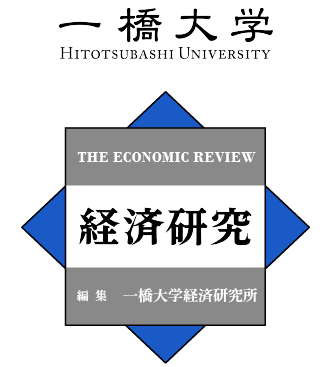Apr. 24, 2020
明治前期における公的統計の調査環境と地方行政
On the Accuracy of the Statistical Data in Early Meiji Era
要旨Abstract
本稿では,世良太一による「統計院書記官巡回紀事」を資料として用い,明治17(1884)年における公的統計の作成環境について調べた.この時期は町村制が施行される以前であり,江戸期の地方制度から明治の町村制にいたる過渡的な段階であった.巡廻の対象となった近畿地方を中心とする8府県である.検討の結果,以下の3点が明らかになった.第1に,戸長の質がおしなべて悪く,統計を含む行政文書を規定通りに作成することも困難な状態であった.第2に,地租改正などの実施に伴う調査が行われたばかりのこの時期,統計調査は,住民から課税のための調査と受け止められ,過少な申告を生むこととなった.第3に,盗品の流通が実質的な規模をもっており,これは統計では把握できなかった.以上のことから,町村制施行以前の統計データの信頼度は低いものとならざるを得なかった.また,戸長の質の悪さは,明治国家による支配の正統性が人々の間に浸透していなかったことを物語るものではないかという含意を指摘した.
The aim of this paper is to clarify the village-level statistical survey systems in mid-1880’s Japan. By examining ‘The Report on the Situation of Statistical Surveys in Local Governments by a Secretary of the Statistical Bureau’ the following two points are revealed: Firstly, in this period it was almost impossible to collect statistical data in their nationwide unified system; secondly, the chiefs of villages (kocho) were not only ill trained but also demoralized to carry out their duties. The chiefs thus could not collect statistical data accurately. These findings imply that the common people might not recognize the legitimacy of the rule of the Meiji Government until about first two decades after the Meiji Restoration.
書誌情報Bibliographic information
Vol. 69, No. 2, 2018 , pp. 160-185
HERMES-IR(一橋大学機関リポジトリ): https://hdl.handle.net/10086/29177
JEL Classification Codes: N95, N45
